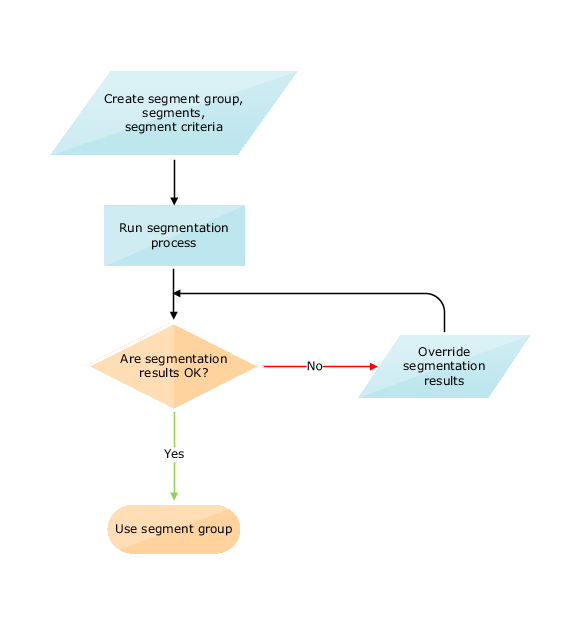Segmentation in Oracle Replenishment Planning
Segmentation is the process of grouping item-location combinations into segments on the basis of user-defined, static, or dynamic attributes. Through segmentation, you can better manage the replenishment requirements for many item-location combinations by grouping them into a few segments.
You do replenishment planning and forecasting and apply policy assignment sets by segment groups. You also view data in tables and graphs by segments.
You can also filter data in analysis sets by using segments as filters. Then, you can apply forecasting profiles to specific segments by selecting the associated analysis sets.
For example, you can perform segmentation by defining segment groups that are based on:
-
Intermittency and volatility
-
Demand volume and cost
-
Item attributes for the Product and Organization dimensions
-
User-defined attributes and organizations, regions, and zones
You collect the item-location combinations and associated attributes from Oracle Fusion Cloud Product Lifecycle Management. To restrict segmentation to items for which replenishment planning must be done, you first set the MPS and MRP Planning Method attribute of items to Replenishment planning in Oracle Product Lifecycle Management. Then, while setting up the criteria for segments of a segment group, you set the Planning Method attribute for the Product dimension to Replenishment planning. After segmentation, only replenishment planning items are grouped into the segments of the segment group. If you don't restrict the scope of segmentation, it happens for all item-location combinations collected from Oracle Product Lifecycle Management; however, the replenishment plans process only those item-location combinations for which the MPS and MRP Planning Method attribute is set in Oracle Product Lifecycle Management.
How You Perform Segmentation
Here's what you do during the segmentation process:
- Set up a segment group and its segments. The segment group has a specific granularity that's applicable to the segments. You specify dimension-based or measure-based criteria for each segment on the basis of which item-location combinations are assigned to the segment.
- Run the segmentation job for the segment group from the Manage Segment Groups and Criteria page ().The item-location combinations are grouped into the segments.
- View the results of segmentation, and optionally override the assignment of item-location combinations to segments to better meet your business requirements.
This flow chart summarizes the segmentation process:

When the segments are used as members for tables and graphs, for item-location combinations that aren't associated with a segment in the segment group, the segment information is shown as "Not available."
What You Do After Segmentation
Here's what you do after the segmentation process:
-
Create a policy assignment set, and attach the segment group to the policy assignment set.
-
Attach the segment group to a replenishment plan.
-
Run the replenishment plan to calculate the unique replenishment requirements for the item-location combinations in each segment.